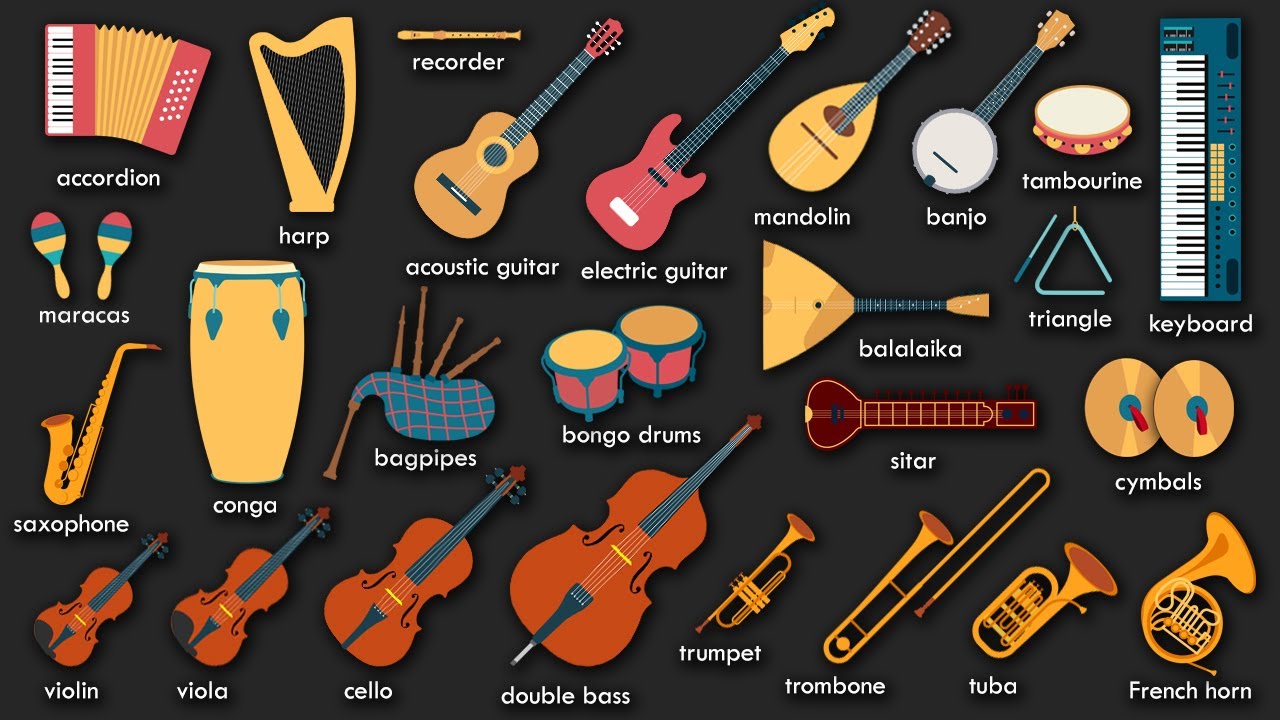Measuring distance has been a fundamental endeavor throughout human history, with each epoch necessitating the development of more sophisticated methodologies and instruments. This article delves into the diverse array of instruments employed to measure distance, ranging from rudimentary to advanced technologies, each serving specific contexts and requirements.
First and foremost, the ancient tools of measurement laid the groundwork for the principles that still underpin modern techniques. The measuring tape, often regarded as the most straightforward and practical instrument, has been utilized since antiquity for local measurements. Usually made from flexible materials, like cloth or fiberglass, measuring tapes enable users to ascertain lengths with remarkable precision. In practical applications, they provide invaluable assistance in construction, tailoring, and various fields of fabrication.
As civilizations advanced, so too did the methods for quantifying greater distances. The odometer is a pivotal invention derived from ancient Rome, designed to measure distance traveled by a wheeled vehicle. Traditionally, odometers used a series of gears linked to the wheel rotation, creating a mechanical device that converts rotational distance into measurable increments, thereby facilitating long-distance travel and trade.
Transitioning into more modern explorations, the advent of the theodolite marked a significant milestone in the realm of surveying. This optical instrument utilizes a rotating telescope mounted on a base, allowing surveyors to measure horizontal and vertical angles with remarkable accuracy. The integration of trigonometry enables surveyors to determine distances indirectly by utilizing principles of angular measurement, further enhancing the scope of land surveying and construction.
For those engaged in the pursuit of celestial measurements, the sextant serves as a remarkable tool. Historically used by navigators at sea, the sextant allows one to measure the angle between a celestial body and the horizon, thus facilitating the calculation of one’s latitude and longitude. By employing this instrument, mariners are capable of determining distances indirectly through the application of spherical trigonometry.
As technology progressed, the emergence of laser rangefinders revolutionized distance measurement in various fields. These sophisticated devices utilize laser beams to determine the time it takes for light to reflect back from a distant object, converting this temporal measurement into a precise distance. Applications range from construction sites to sports, and scientific research, illustrating versatility and efficiency.
The concept of distance measurement took an innovative turn with the introduction of GPS (Global Positioning System). By triangulating signals from multiple satellites orbiting Earth, GPS devices can accurately determine locations and distances. This technology has profound implications, not only for navigation but also in fields such as cartography, urban planning, and environmental studies. Proficiency in utilizing GPS data can enhance decision-making in infrastructure development and resource management.
In the realm of academia and research, scientific instruments like interferometers have gained prominence. These devices exploit the principles of interference of light waves to distance measurement, particularly in physics and engineering. By measuring the differences in light path lengths, researchers can ascertain extraordinarily minute distances with precision. Such accuracy is instrumental in experiments requiring extreme precision, like gravitational wave detection.
Furthermore, when considering distance in the context of large-scale geophysical phenomena, the total station emerges as an exemplary tool. This electronic theodolite is integrated with an electronic distance measuring (EDM) device, allowing for comprehensive surveying capabilities. Total stations are indispensable in civil engineering projects, land surveying, and construction, where accuracy and efficiency are paramount.
The integration of technology does not end here; drones equipped with LiDAR (Light Detection and Ranging) technology are becoming increasingly relevant in measuring distances over expansive terrains. LiDAR utilizes laser pulses to generate precise, three-dimensional information about the environment, rendering it invaluable for forestry, archaeology, and urban planning. This method not only measures distance but also reveals intricate details about the landscape.
Utilizing advanced computational techniques, 3D scanning instruments have also emerged, which capture the shape and size of objects and spaces with unparalleled precision. By projecting laser beams, they create detailed, high-resolution models that can be used in various domains, from heritage conservation to virtual reality simulations. The insights gleaned from such data have the power to reshape our understanding of spatial relationships and physical structures.
Finally, one cannot overlook the recent foray into augmented reality (AR) devices, which have begun to integrate distance measurement capabilities within immersive environments. By overlaying digital data onto the physical world, AR can provide users with contextual information about distances, thereby enriching navigation experiences and offering innovative solutions for learning and exploration.
In summation, the quest to measure distance has spawned a rich tapestry of instruments, each offering unique advantages and insights. From the humble measuring tape to cutting-edge technology such as LiDAR and augmented reality, the evolution of these tools reflects a continuous pursuit of precision and understanding in the physical world. The exploration of these instruments promises not merely to satisfy scientific curiosity but also to enhance our capabilities in design, navigation, and environmental stewardship, paving the way for future innovations in distance measurement.










